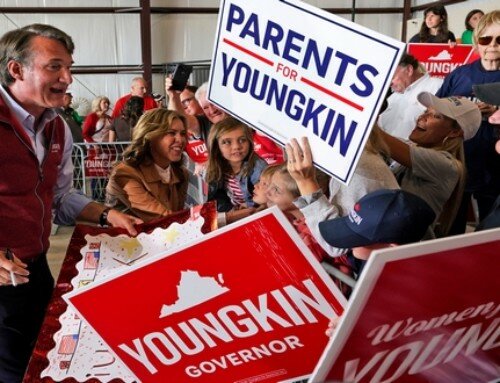For me, discussing the important Supreme Court cases in my history classes was always one my favorite topics to learn about. It is interesting to read how one decision by the highest court in the land can set the precedent for generations to come. I admire the judges who can abide by the constitution and interpret it as such. Below are five examples of, out of the many, landmark Supreme Court cases that set a foundation for the future.
Texas v. Johnson
Many people like myself find it wrong and disrespectful to burn the American flag. Texas v. Johnson was the first Supreme Court case to establish a first amendment protection for this action, sadly. In 1984, a man of Gregory Lee Johnson burned the flag in front of the Dallas City Hall during protest on a series of policies by the president at the time, Ronald Reagan. Under Texas law, he was sentenced to one year in prison and charged $2,000. The case went to appeals and was later sent to the Supreme Court. The court had to decide if Johnson’s flag burning actions was covered as a form of free expression under the first amendment. In a 5-4 decision, the court found that Johnson was indeed protected by the first amendment. This case is significant because it expanded what all could be included under the First Amendment. The issue was brought up again in 1990 with the case United States v. Eichmann/Haggerty, when the U.S. passed the Flag Protection Act. The act states that a person found burning the American flag can be punishable by law. Two cases of flag burning by Eichmann and Haggerty were brought to the Supreme Court where once again, in a 5-4 decision, it was voted that flag burning was protected speech.
Engel v. Vitale
Engel v. Vitale was a major case in terms of religious rights in the country. A school board for the state of New York approved a short, nondenominational, and voluntary prayer to be said at the beginning of each school day. It stated: “Almighty God, we acknowledge our dependence upon Thee, and we beg Thy blessings upon us, our parents, our teachers and our country. Amen”. Several families disagreed with the new prayer, including Steven Engel, who led the case against school board President William Vitale in 1962. In an almost unanimous decision, the court found that the state cannot hold prayers in school, even if the prayer is optional and does not succumb to one denomination or religion. They said the prayer does not keep within the separation of church and state and was inconsistent with the Establishment Clause. This case was very important in securing religious freedoms in schools.
Tinker v. Des Moines Independent Community School District
The case of Tinker v. Des Moines is another case involving rights within schools. In 1965, a group of students got together and wore black arms bands to school in protest of the Vietnam War throughout the holiday season. When the school administration learned of the plan, they announced any student wearing an arm band would be asked to remove it; if they refused, they faced suspension from school. Three students, Mary Beth and John Tinker, and Christopher Eckhardt, wore bands to school and were sent home. The students sued the school district for violating their first amendment rights. The court agreed with the students in a 7-2 decision. Students are not stripped of their first amendment rights when they step on their school campus. On the other hand, demonstrations such as the armbands cannot interfere with the normal school routine and instruction. Like the last case mentioned before, this case was significant. It recognized students still have rights as well at school.
Miranda v. Arizona
Miranda v. Arizona established an important precedent in the justice system that is still used to this day. In 1963, Ernesto Miranda was arrested for a kidnapping and rape; he was brought into the police station for questioning. The police received a written confession from Miranda within two hours and it was eventually used in trial. As they found Miranda guilty based on the evidence, Miranda’s lawyer argued that he was not informed that he could have a lawyer present. Miranda appealed and the case was brought to the Supreme Court. In the court decision of 5-4, it was found that Miranda needed to be informed that he has the right to remain silent, the right to an attorney, and that anything that he said could be used in court against him. We now call these procedures the Miranda laws. It is now custom to do this is in any police interrogation.
Mapp v. Ohio
Another important principle involving police work was established during this case. The appellant, Dollree Mapp, claimed that police obtained evidence for a case from her house without a warrant. The Fourth Amendment states that “The right of the people to be secure in their persons, houses, papers, and effects, against unreasonable searches and seizures, shall not be violated….”, the courts are trying to answer if the fourth amendment still applies with confiscated materials for a criminal case. The court agreed with Mapp, stating that any evidence attained illegally cannot be used as evidence in court. This case set the precedent against illegal searches and seizures.
Ivey Y
CABINET











